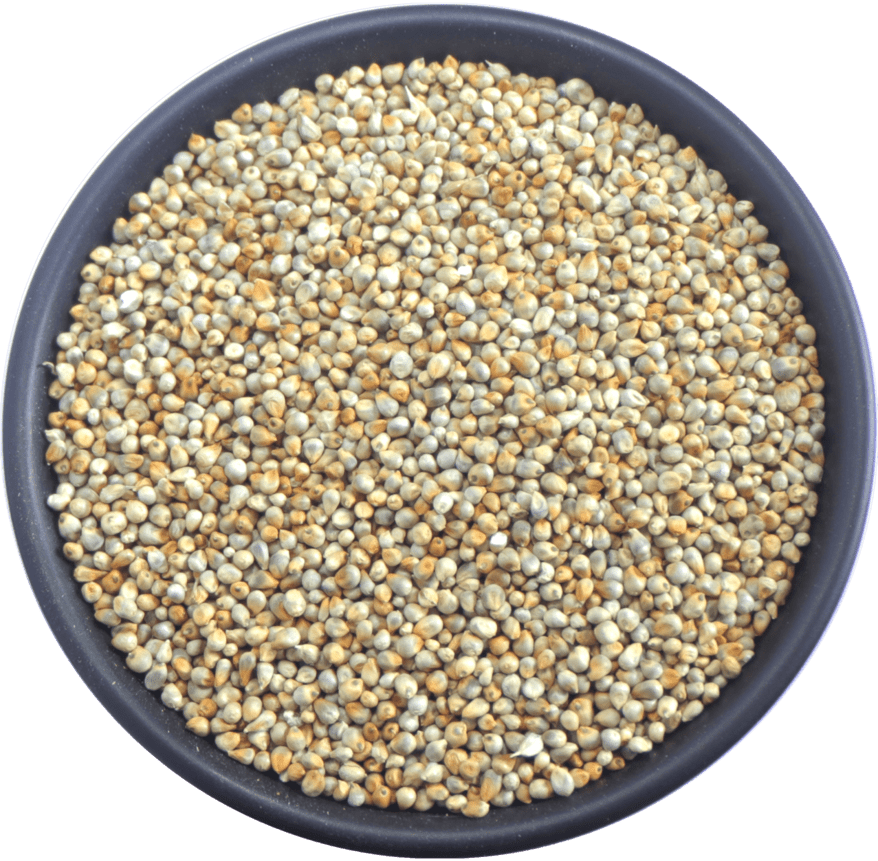Millets, one of the most ancient foods known to humanity, thrive in both rain-fed and dry regions. They hold the distinction of being the first cereal grains to be cultivated for human consumption. Throughout history, various types of millets have been integral ingredients in the diets of Indian, Chinese, and certain Korean cultures. A remarkable aspect of millets is their rapid growth, maturing from seeds to harvest-ready crops in as little as 65 days. When stored properly, millets can maintain their shelf life for over 2 years.
In India, "Bajra" or Pearl Millet takes the lead, constituting more than 55% of the global millet production. In a single year, such as 2014, India produced nearly 10 million tonnes of Pearl Millets. Rajasthan, Gujarat, Uttar Pradesh, and Maharashtra stand as the major millet-producing states in the country.
Green Millet, another member of the millet family, has a long-standing history as one of the earliest foods used for domestic purposes. It stands out for its high nutritional value, easy digestibility, and lack of gluten. This grain is renowned for being one of the least allergenic among grains. Additionally, its warming qualities make it ideal for providing comfort in cold or rainy climates. Green Millet is cherished for its premium quality, nutritional richness, non-sticky texture after cooking, and delightful taste.
| Botanical Name | Pennisetum glaucum |
| Packing Size | 15KG, 25KG, 30KG, 50KG Jute or PP Bags as per buyer requirement. |
| Origin | Rajasthan, Maharashtra, Gujarat, Haryana, U.P., M.P. |
| Type | Human consumption, Animal Feed |
| Specification | Purity 99% (Min.) Moisture 12% (Max.) Foreign Matter 1% Max. Protein 8% min, Tannim 0.5% Max. |
| Uses | Millet is used in various cultures in many diverse ways: The Humza’s use millet as a cereal, in soups, and for making a dense, whole grain bread called chapatti. In India flat thin cakes called roti are often made from millet flour and used as the basis for meals. |
| Harvest Month | Jan, Feb, March, April, Nov, Dec |

